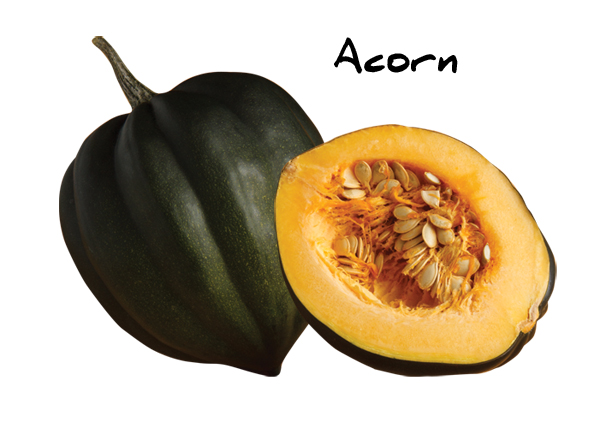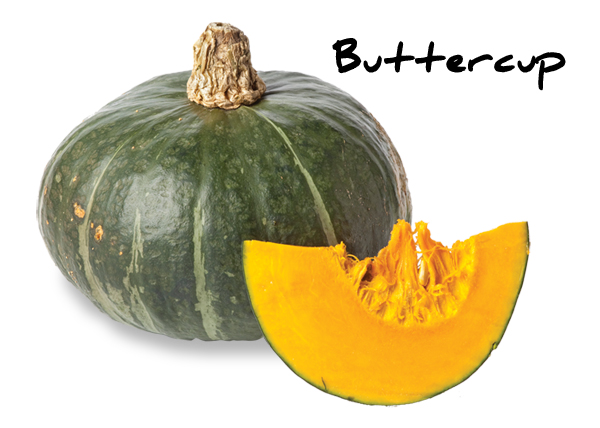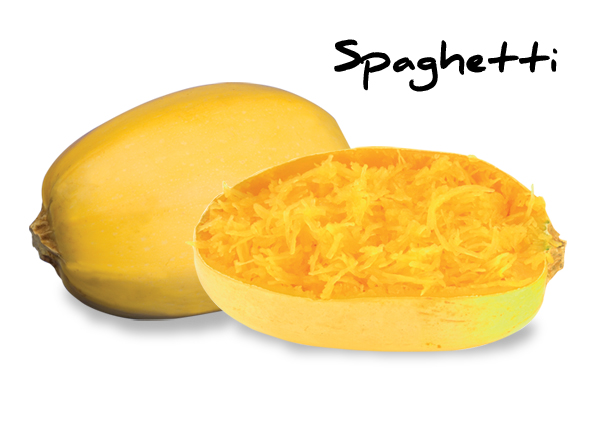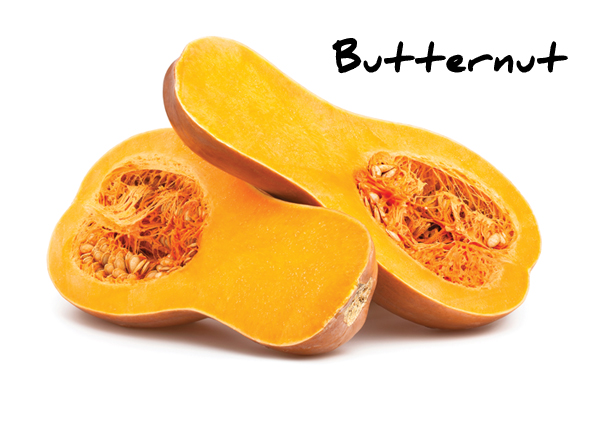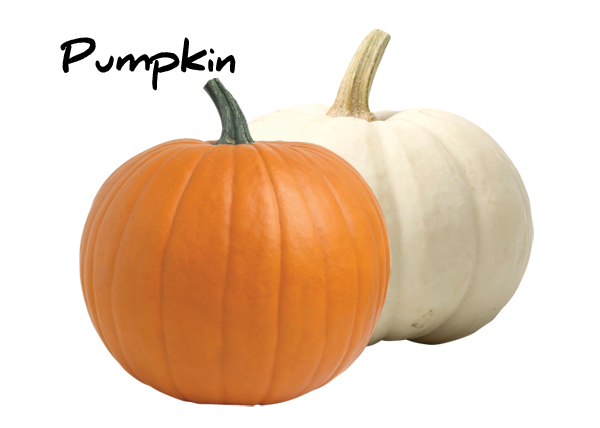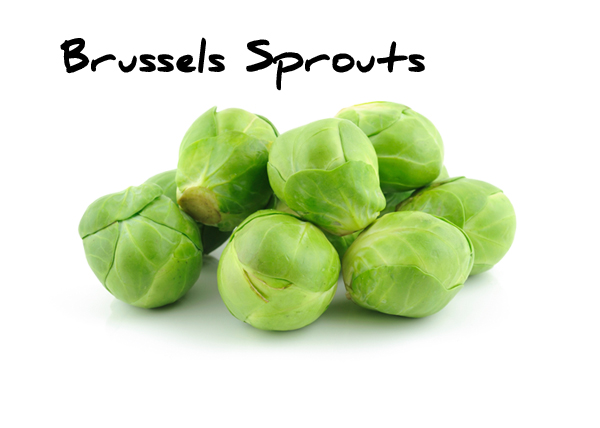We are proud to grow a variety of vegetables including squash, pumpkin, and brussels sprouts on our farm in Pré-d’en-Haut for you and your family to enjoy.
Eat your veggies…Enjoy them roasted crisp and brown on the outside, sweet and tender on the inside. Try purée, a technique that whips sturdy vegetables like squash and pumpkin into velvet texture.
You can purchase our delicious fruit at our farm during the harvest season, at various supermarkets, independent retailers, and the Dieppe Market from July to November.
Zucchini, also known as courgette is a summer squash we grow each year. Zucchini can be cooked by steaming, frying, sautéing, or baking and they are excellent when sliced and grilled. It is very versatile ingredient for a variety of other foods such as breads, cakes, bars, and other baked goods.
Zucchini is a source of vitamin C, folacin, and potassium. It is sodium free and fat free!
Look for small, smooth skinned, bright coloured zucchini. Small zucchinis are less seedy and more tender.
To store zucchini
- Cover, refrigerate unwashed for up to one week.
To freeze zucchini
- Slice, chop or grate.
- Blanch with a quick 3-4 minute bath in boiling water. This will destroy the enzymes and any bacteria.
- Transfer into a very large bowl or pot of ice water.
- Drain for a few minutes, then pat dry with paper towels.
- Place in freezer bags.
To prepare zucchini
- Rinse, trim ends, peel if desired.
- Slice or cut into sticks.
Zucchini are available early August
We grow four varieties of squash; Acorn, Buttercup, Butternut and Spaghetti. Take advantage of all the health benefits winter squash offers. The flesh can be diced and added to soups, stews, couscous and curries. Purée, it can be served as is or mixed into mashed potatoes as a side dish. Purée squash can be used to prepare muffins and cakes.
Squash is very high in very high in vitamin A and potassium. It is also a source of vitamin C and folacin and is sodium and fat free.
Look for a squash heavy for its size with hard rind that is not shiny, a sign that it was harvested at maturity.
To store Squash
- Keep in a cool, dry, dark and ventilated place for two to ten months
- Store at room temperature for one week.
- If cut, cover, refrigerate for up to five days.
To freeze Squash
- Slice, chop or grate.
- Blanch with a quick 3-4 minute bath in boiling water. This will destroy the enzymes and any bacteria.
- Transfer into a very large bowl or pot of ice water.
- Drain for a few minutes, then pat dry with paper towels.
- Place in freezer bags.
To prepare Squash
- Rinse and cut squash in half.
- Remove seeds and stringy fibre.
- Cut into serving size before cooking.
Squash is available early September
Pumpkin is a cultivar of a squash plant. We grow a variety of pumpkins including Pie, Jumbo, Regular and Specialty pumpkins. Like the winter squash, pumpkin has a lot of health benefits. The flesh is good baked or purée.
Pumpkin is source of vitamin A and C, folacin, potassium and iron. It is also sodium and fat free.
Look for even coloured, well matured pumpkin heavy for size, not broken, cracked or soft.
To store Pumpkin
- Store at room temperature for one week
- If cut, cover, refrigerate for up to five days
To freeze Pumpkin
- Peel the pumpkin.
- Thoroughly scoop out the seeds.
- Cut the flesh into 2 to 3cm (about 1 inch) chunks.
- Loosely fill it in freezer bags.
To prepare Pumpkin
- Rinse and cut pumpkin in half.
- Remove seeds and fibres.
- Cut into serving size before cooking.
- Serve cubed or mashed.
Pumpkins are available early September
We grow quality brussels sprouts and sell them in a package, on the stalk and in bulk. We harvest them in late September.
Brussel sprouts are an excellent source of vitamin C and vitamin K and a good source of folate, vitamin B6 and dietary fibre.
Look for brussels sprouts that feel firm, have a nice colour and are without blemishes. The base of individual Brussels Sprouts should be tightly closed.
To store Brussels Sprouts
- They can be left on the stalk.
- You can take the sprouts off the stalk, but don’t remove the outer leaves.
- Keep them in a bowl or in a plastic bag in the fridge and they will keep for several weeks.
To freeze Brussels Sprouts
- Wash them thoroughly, trim and cut off coarse outer leaves, if needed.
- Blanch and chill quickly in an ice bath.
- Dry, pack in an air dry container and freeze immediately.
To prepare Brussels Sprouts
- Gently rinse them and pat dry.
- Cut off the bottom of the stem and remove the outer leaves if needed.
- Enjoy brussels sprouts steamed, roasted or pan-seared.
- Cook to the stage you best like your veggies.
The brussels sprouts season starts mid-late September.




